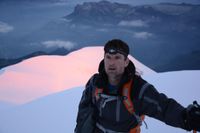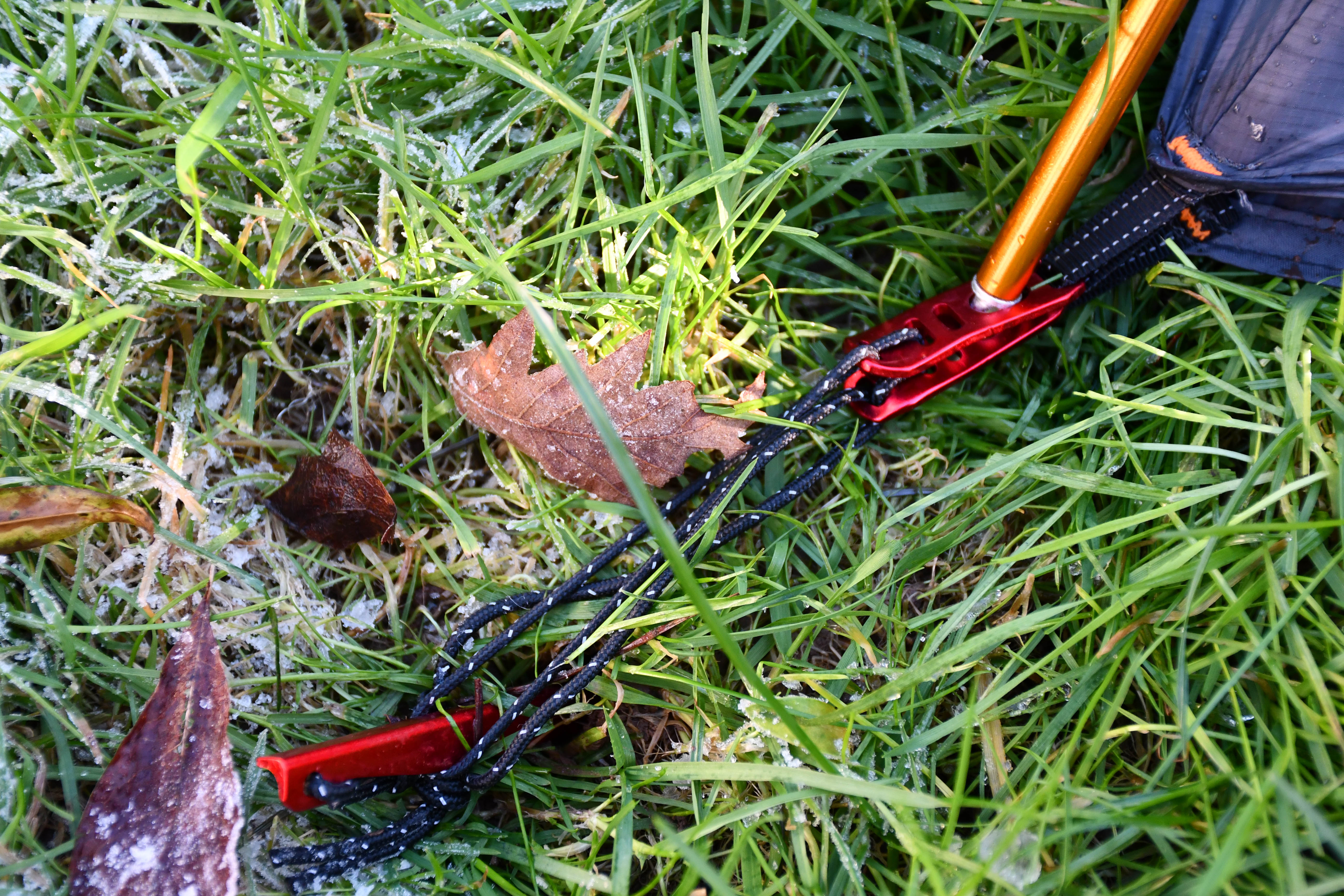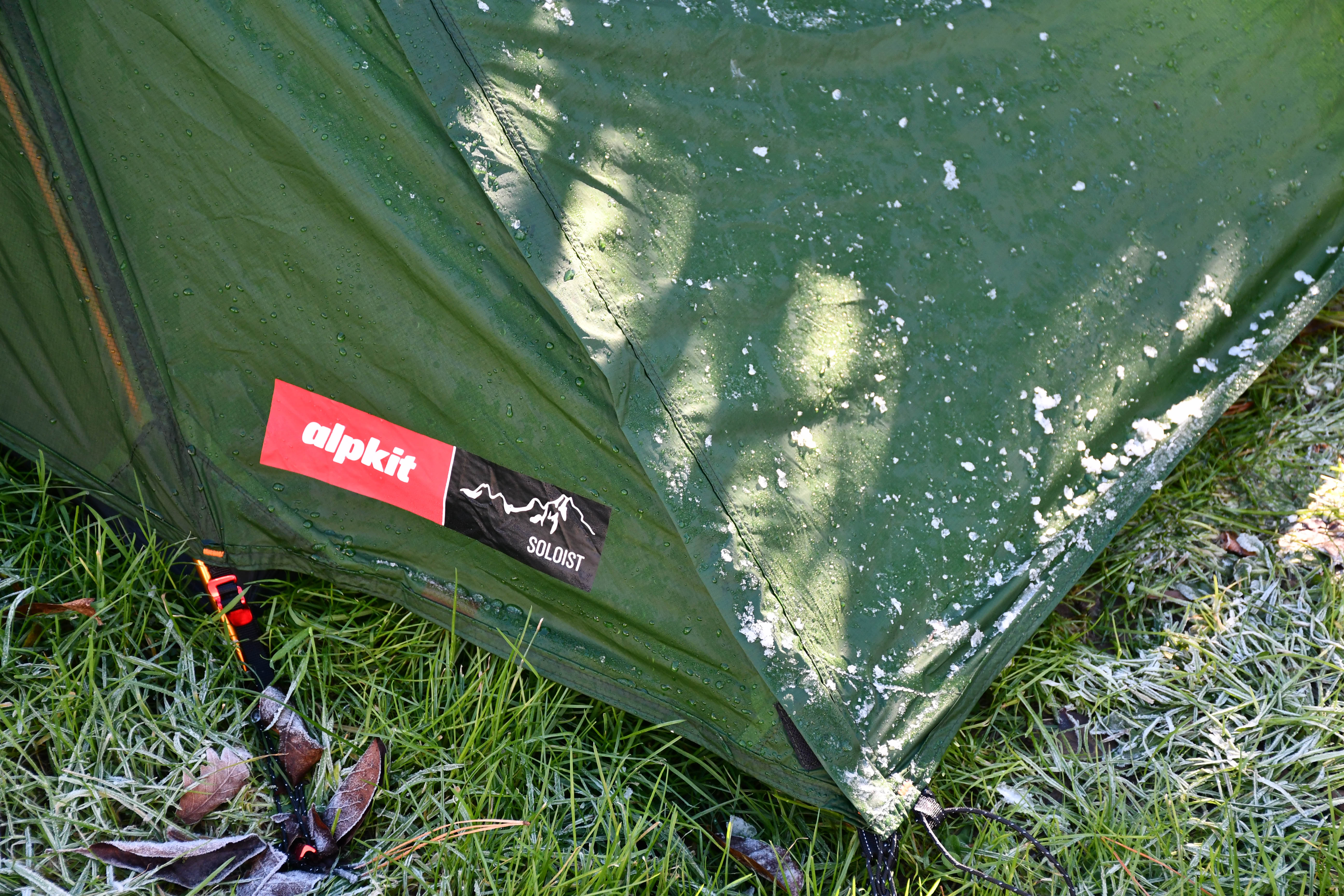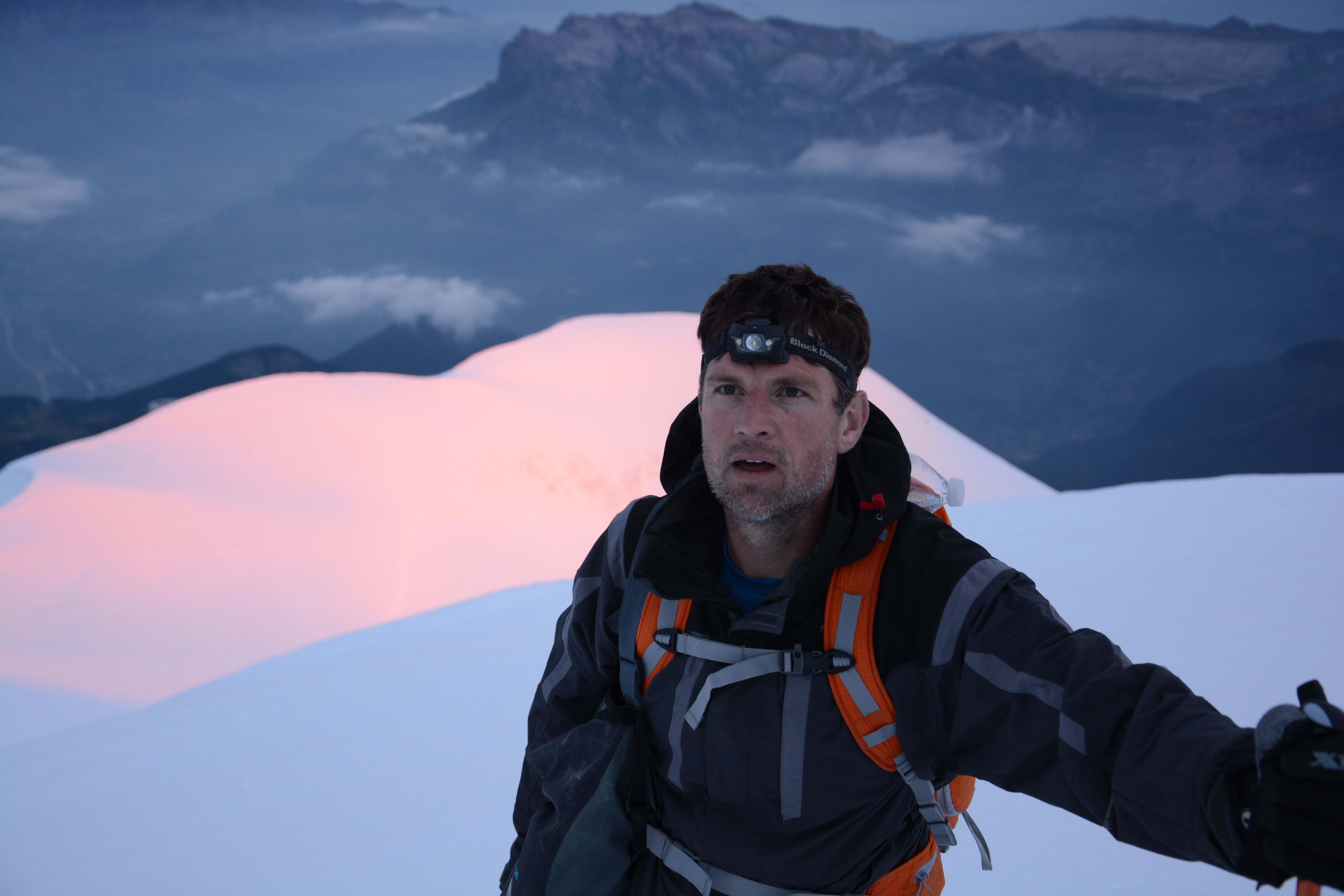Alpkit Soloist 1-person backpacking tent: a lightweight 3-season shelter for overnight and multiday adventures
Hit the trails and explore the moors with this small, niftily designed, lightweight 1-person tent


The Alpkit Soloist is an excellent affordable, lightweight tent for overnight and multiday adventures for at least 9 months of the year. With a single-hubbed pole, it’s quick and easy to pitch and drop, regardless of the weather. The interior is very spacious for one person, with plenty of room for a pack, and the porch is large enough for boots and kit.
-
+
Lightweight
-
+
Small pack size
-
+
Robust design
-
+
Discreet colour
-
+
Two sizes available
-
+
Great value
-
-
Lack of interior pockets
-
-
Mesh door lowers internal temperature
-
-
Zips can catch
Why you can trust T3

Selecting a single-person shelter is a highly subjective choice, but every backpacker is looking for a tent that ticks at least three boxes: it needs to be easy and quick to pitch in all conditions; it should be small and light to carry; and it has to provide adequate protection from the elements. Beyond that, people have a range of personal preferences around the size and height of the interior, how big the porch needs to be, what the pole set-up is like, and lots of details around pegs, pockets and colours.
I have used the Alpkit Soloist in a range of scenarios, from garden campouts to multiday backpacking adventures in the Highlands of Scotland, and I can confirm that it ticks all the essential boxes mentioned above. I found it pretty easy to set up (even in the driving rain); it’s lightweight and packs down to a small size that fits in a backpack very easily; and it kept me warm and dry even when the Highland weather was at its angriest. It’s one of the best backpacking tents on the market, and it’s available for a very reasonable purchase price.

The Alpkit Soloist at the foot of the Devil's Staircase on the West Highland Way
Alpkit Soloist Backpacking tent: specifications
- RRP: £139.99
- Sleeps: 1
- Packed weight: Regular: 1,200g; X-Large: 1,318g
- Pack size: Regular: 42 x 12cm; X-Large: 44 x 13cm
- Seasons: 3
Alpkit Soloist backpacking tent: design and features
The Alpkit Soloist has a semi-geodesic shape, which makes it really sturdy, even in severely wet and windy conditions. The single-hubbed pole unfolds into a double-ended Y shape, with a single spine pole.
The ends of each of the four feet fit into a ring on the corresponding corner of the inner tent, which can then be clipped onto the frame. The flysheet goes over the top, and its corners can in turn be secured under each of the four feet, and then tensioned. A footprint specific to this tent (sold separately) also fits around the bottom of the poles.

There are 11 lightweight V-shaped alloy pegs, which allow you to further tension and secure the flysheet, which incorporates a reasonably generous porch area. It’s not really big enough to cook in during times of driving rain, when the outer door would need to be closed, but you can do some food prep, and there’s more than enough room for wet and dirty boots, or a damp pack.
Once up, the 95cm height of this tent gives you plenty of room to sit up and move around, and the tapered design makes it more than roomy enough to accommodate you and all your gear, while keeping the sleeping space compact enough to warm up nicely. At 2 metres, the interior length of the standard size is large enough for most people to lie down comfortably, but taller backpackers can opt for the extra large version.

The single-hubbed pole is cleverly designed and easy to use, but if one part of it were to fail, then entire thing would need be replaced. That said – aside from the little feet sometimes coming out a bit (a minor annoyance that’s easily fixed) – it all felt robust and trail-ready, and the Soloist is covered by a three-year Alpine bond.
Get all the latest news, reviews, deals and buying guides on gorgeous tech, home and active products from the T3 experts
In really balmy, dry weather, or when you want to look up at the night sky through the mesh without getting munched by insects, it works without a flysheet. And for all the wild campers out there, the flysheet is kelp coloured, which makes it ideal for discreet camping.

Alpkit Soloist backpacking tent: pitching and testing
The very first time I pitched the Soloist was amid a downpour at dusk by the side of Loch Lomond in Scotland, but thankfully the tent was simple and quick enough to get up, and I was soon very glad of the relatively roomy shelter it provides. The porch is fairly generous for a tent this size, but I fired my jetboil outside for safety’s sake, before getting snug inside with a brew.
Adding the fly can be a little fiddly at first, but it’s not too bad if you make sure the tensioning straps are fully loosened before you begin (it’s worth ensuring this is done each time you drop the tent).

The HH rating isn’t as high as some other backpacking tents, but it kept me warm and dry for a further few days (and nights) of pretty relentless rain, which was impressive, so I really can’t argue with it’s performance. I did use the extra footprint, however, and I was glad of it.
While on the West Highland Way in Scotland, and for subsequent campouts over winter and during the first flush of early spring, I used the Soloist in conjunction with the Alpkit Pipedream 400 sleeping bag and the Alpkit Whisper insulated camping mat, and while all of these products are only rated for 3-season use, I felt comfortable even during colder nights. However, I was in sheltered conditions, and all of these pieces of kit will definitely perform at their best between spring and autumn. For 4-season shelters, check out our best tents guide.
The Soloist packs away nice and compactly, and it’s light and easy to carry on the trails. I even managed to get it into a large daypack, along with a stove, sleeping bag, mat and provisions.
I was a little frustrated by the lack of storage pockets on the inside of the tent, which would make organisation a little easier, and the mesh front door did let in some cool breezes when I used it in more wintery conditions later in the year. However, the Soloist doesn’t claim to be a 4-season tent, and overall it performed brilliantly.

The Alpkit Soloist backpacking tent - packed
Alpkit Soloist backpacking tent: Some alternatives to consider
The Alpkit Soloist serves is an excellent product for is price point, but if you are looking for a 1-person backpacking tent and have a bit more cash to splash, you might want to have a look at the Sierra Designs High Route 1 3000 1P tent, or the innovative Vango F10 Project Hydrogen.

Alpkit Soloist backpacking tent: overall verdict
Especially for it’s extremely reasonable price point (the RRP is £139.99) the Alpkit Soloist is an excellent 3-season, 1-person tent, absolutely ideal for multiday backpacking trips in a range of conditions, from hillside and moorland escapades to long-distance trails and shoreline adventures. It’s light, easy to erect, packs away nicely and offers good reliable shelter with enough room to enjoy some real comfort and get a good night’s sleep.

Author of Caving, Canyoning, Coasteering…, a recently released book about all kinds of outdoor adventures around Britain, Pat Kinsella has been writing about outdoor pursuits and adventure sports for two decades. In pursuit of stories he’s canoed Canada’s Yukon River, climbed Mont Blanc and Kilimanjaro, skied and mountain biked across the Norwegian Alps, run ultras across the roof of Mauritius and through the hills of the Himalayas, and set short-lived speed records for trail-running Australia’s highest peaks and New Zealand’s nine Great Walks. A former editor of several Australian magazines he’s a longtime contributor to publications including Sidetracked, Outdoor, National Geographic Traveller, Trail Running, The Great Outdoors, Outdoor Fitness and Adventure Travel, and a regular writer for Lonely Planet (for whom he compiled, edited and co-wrote the Atlas of Adventure, a guide to outdoor pursuits around the globe). He’s authored guides to exploring the coastline and countryside of Devon and Dorset, and recently wrote a book about pub walks. Follow Pat's adventures on Strava and instagram.